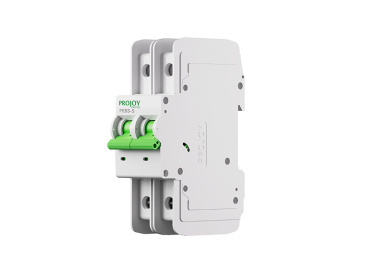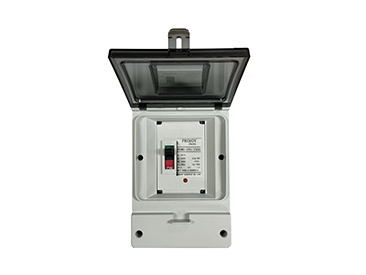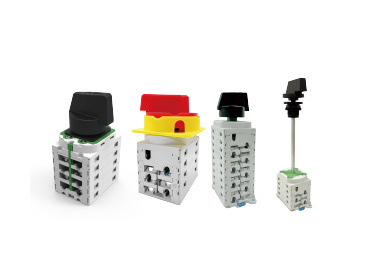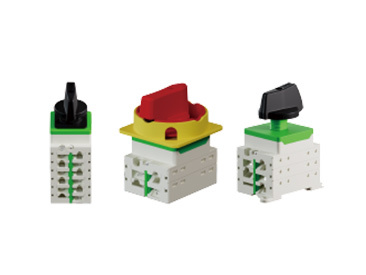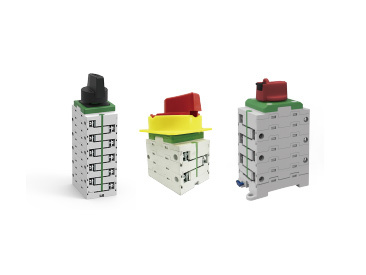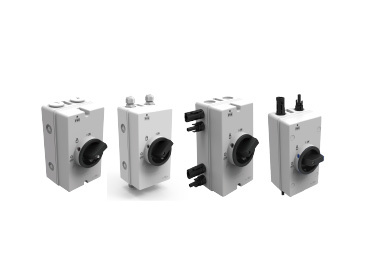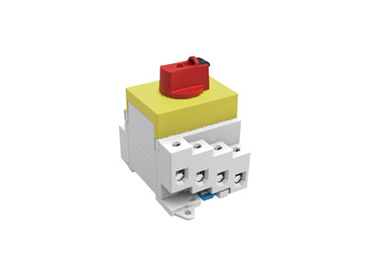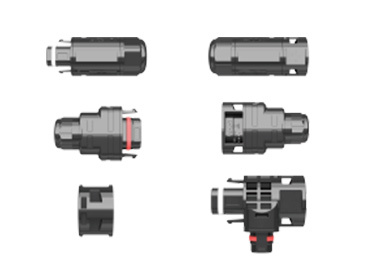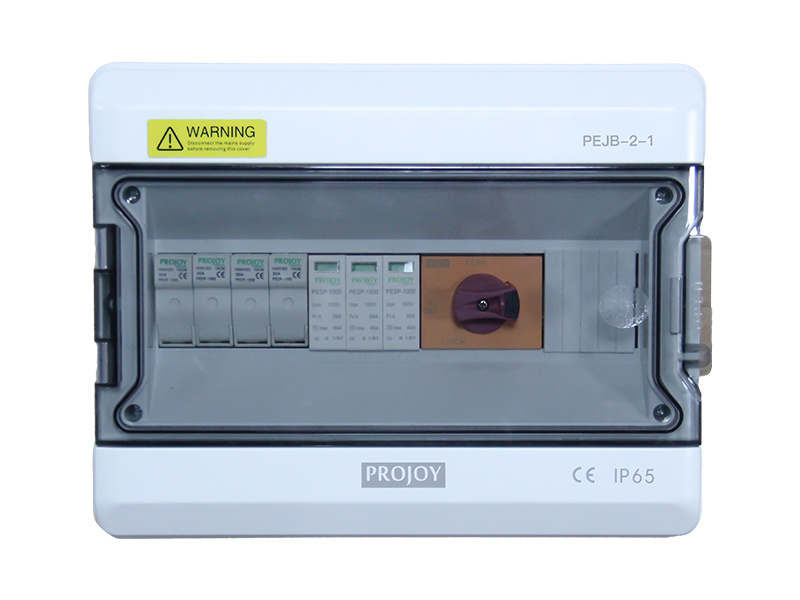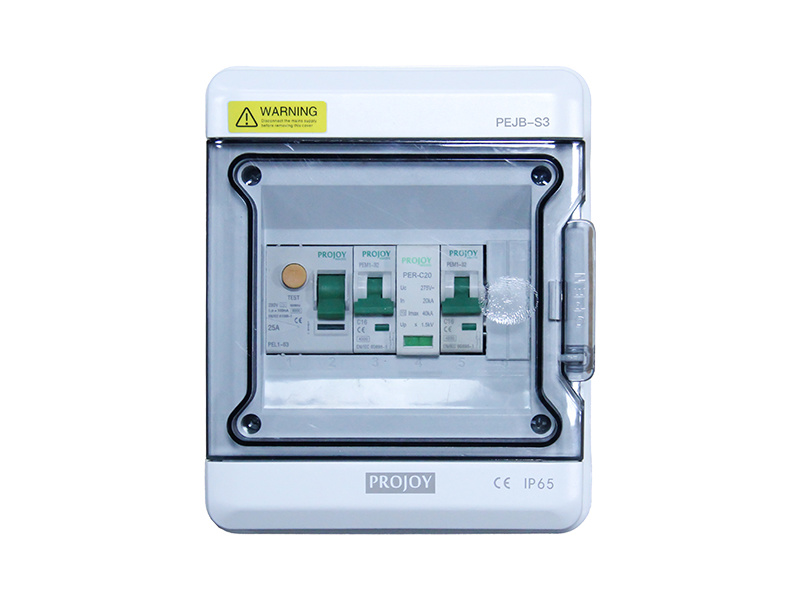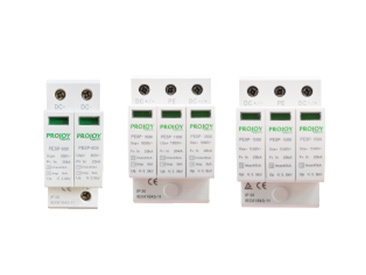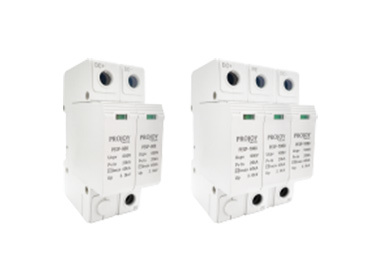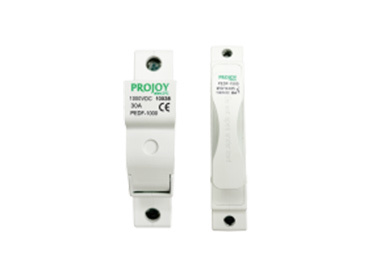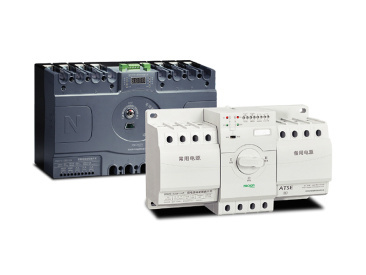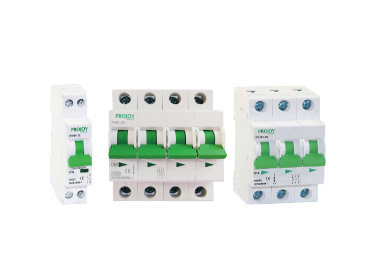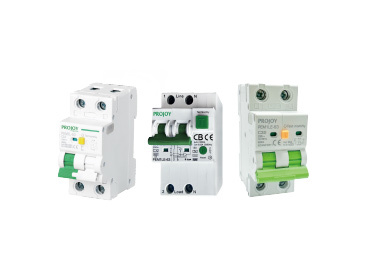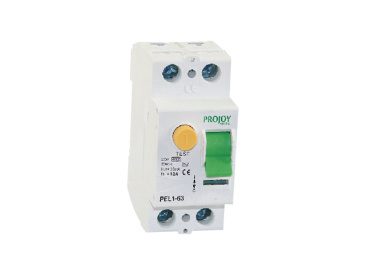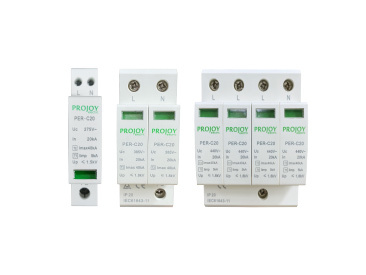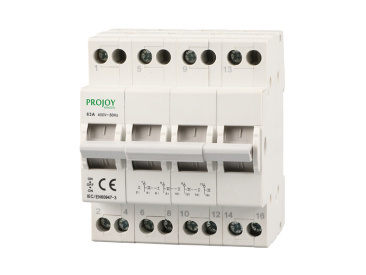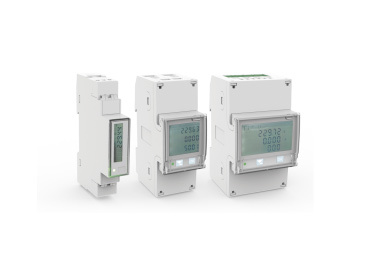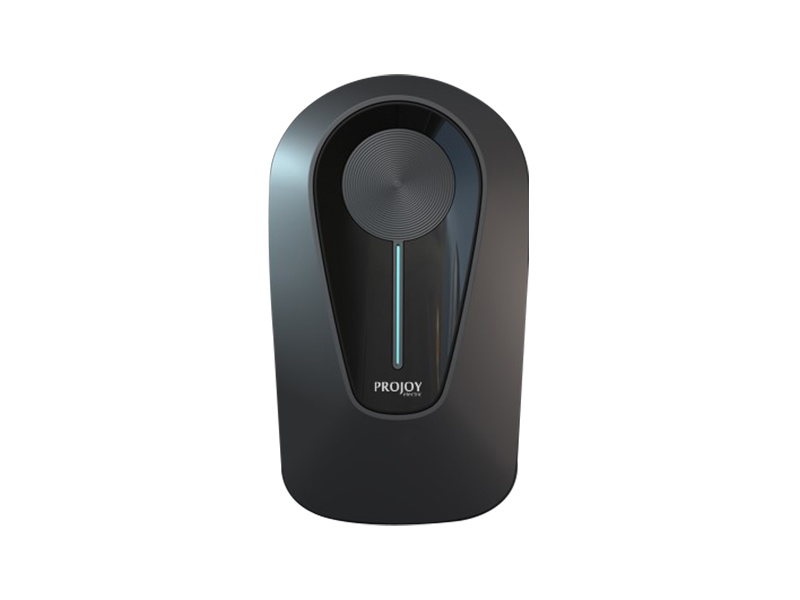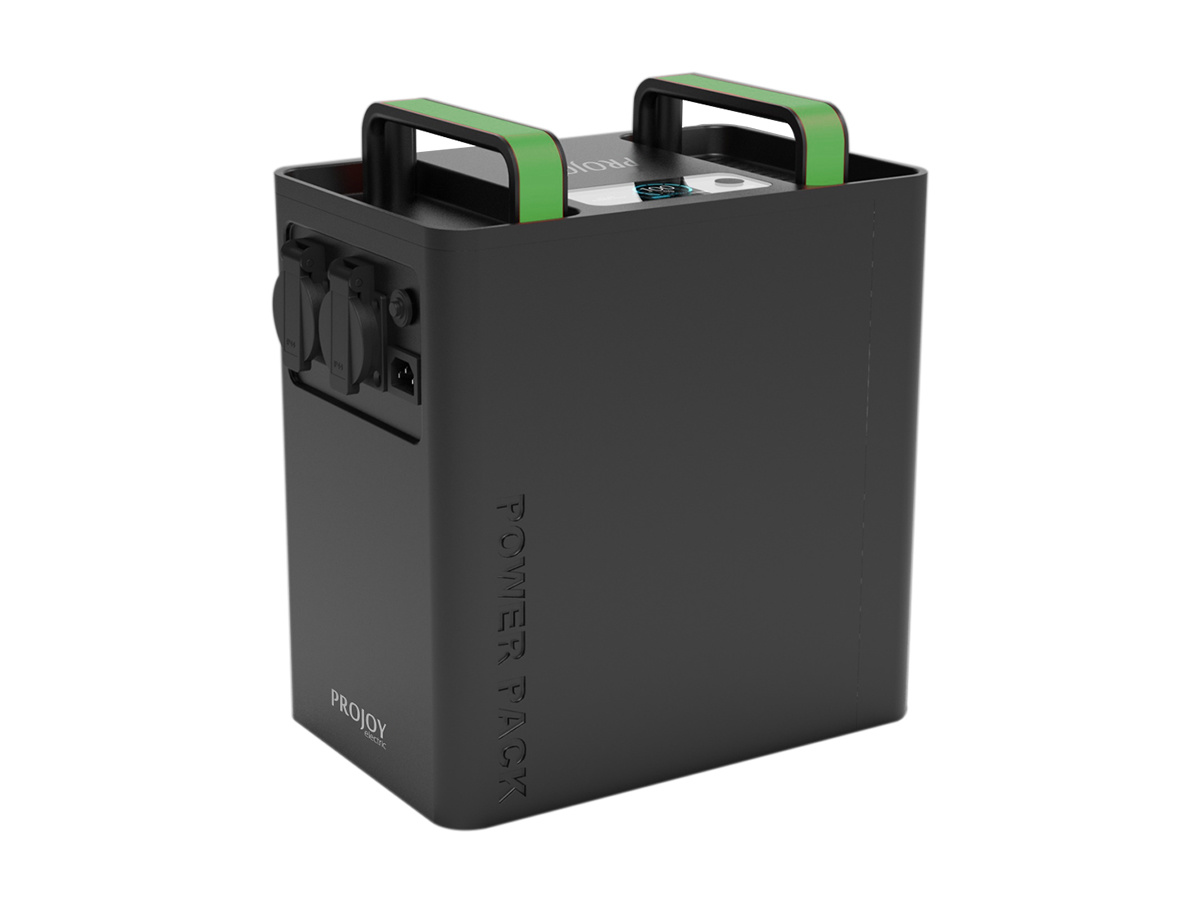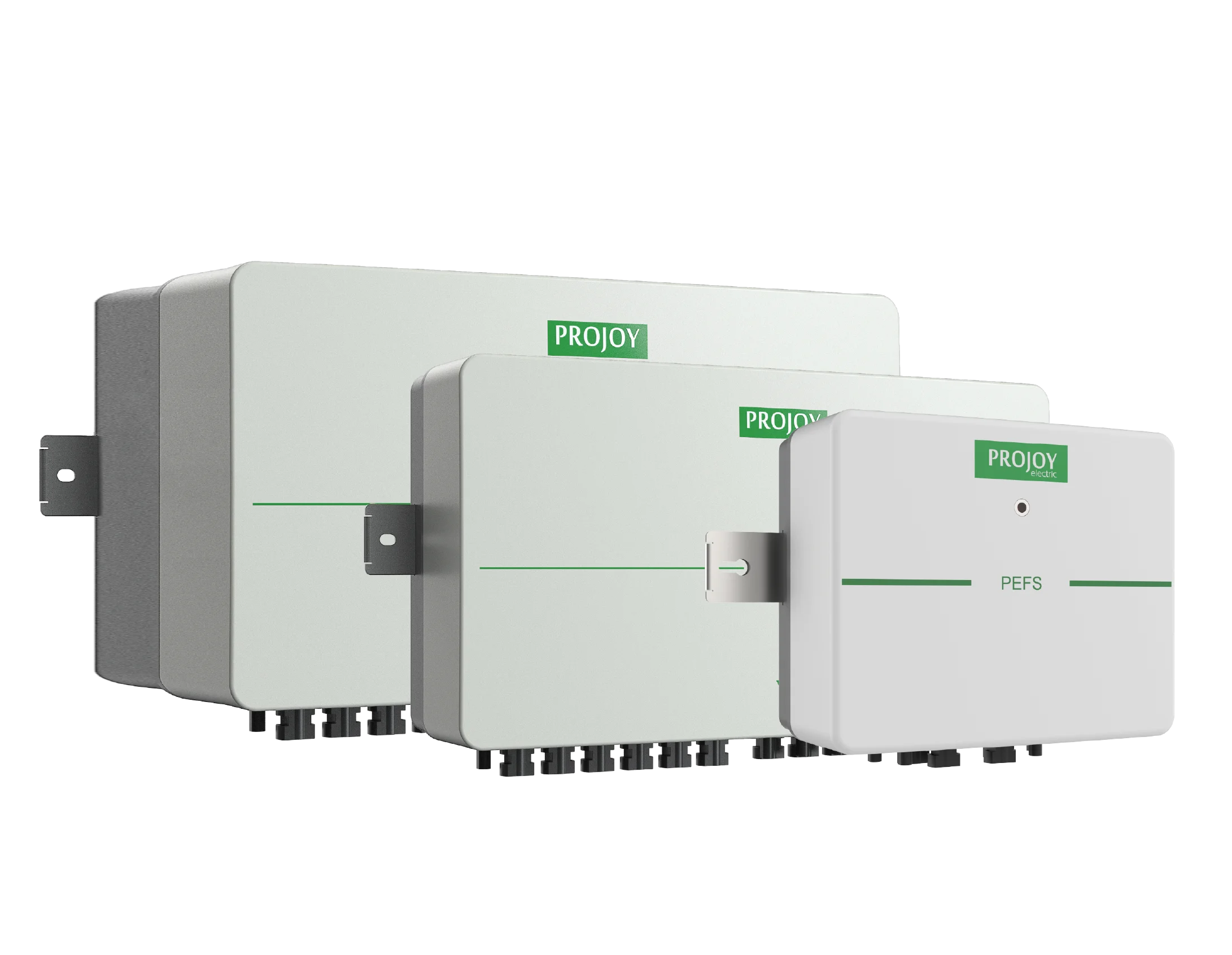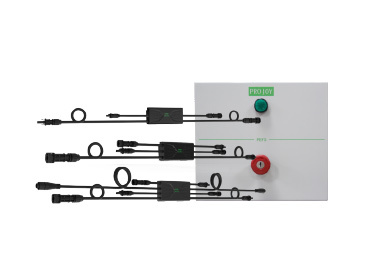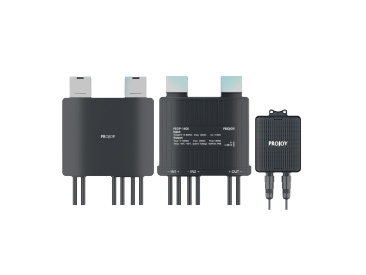PV Combiner Box: A Vital Component in Solar Power Systems
Solar energy systems rely on a network of components to efficiently convert sunlight into usable electricity. One critical yet often overlooked device in this chain is the photovoltaic (PV) combiner box. This article explains what a PV combiner box does, how it works, and why it is essential for both safety and performance in solar installations.
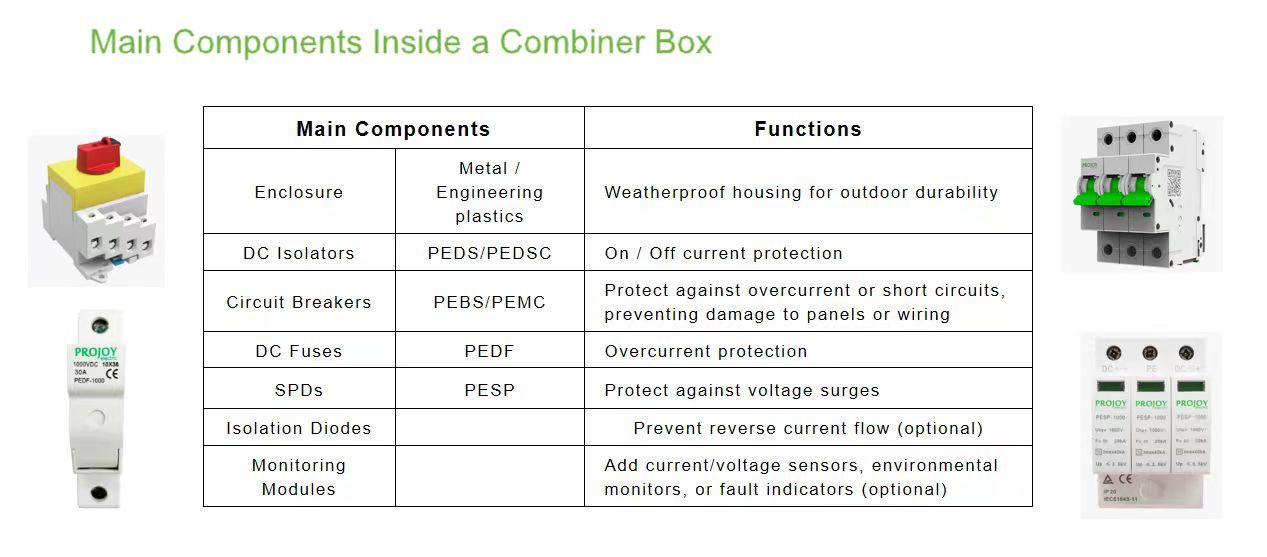
What Is a PV Combiner Box?
A PV combiner box is an electrical enclosure that acts as a "traffic hub" for solar panel arrays. Its primary role is to consolidate the direct current (DC) output from multiple solar panels or strings of panels into a single circuit before transmitting the combined power to an inverter. By streamlining connections, it simplifies system design and enhances safety.
Key Functions of a Combiner Box
Current Aggregation
A combiner box merges these parallel strings of solar panels into one output, reducing the number of cables connected to the inverter. For example, 10 strings might converge into a single pair of output wires.
Overcurrent Protection
Each string is connected to a fuse or circuit breaker inside the combiner box. These devices protect against overcurrent caused by faults, shading imbalances, or short circuits, preventing damage to panels or wiring.
Surge Protection
Lightning strikes or voltage spikes can harm solar equipment. Combiner boxes often include surge protection devices (SPDs) to divert excess energy safely to the ground.
Monitoring and Disconnect Capabilities
Advanced combiner boxes feature current sensors or voltage monitoring to track system performance. Some also have manual disconnect switches for maintenance or emergencies.
Main Components Inside a Combiner Box
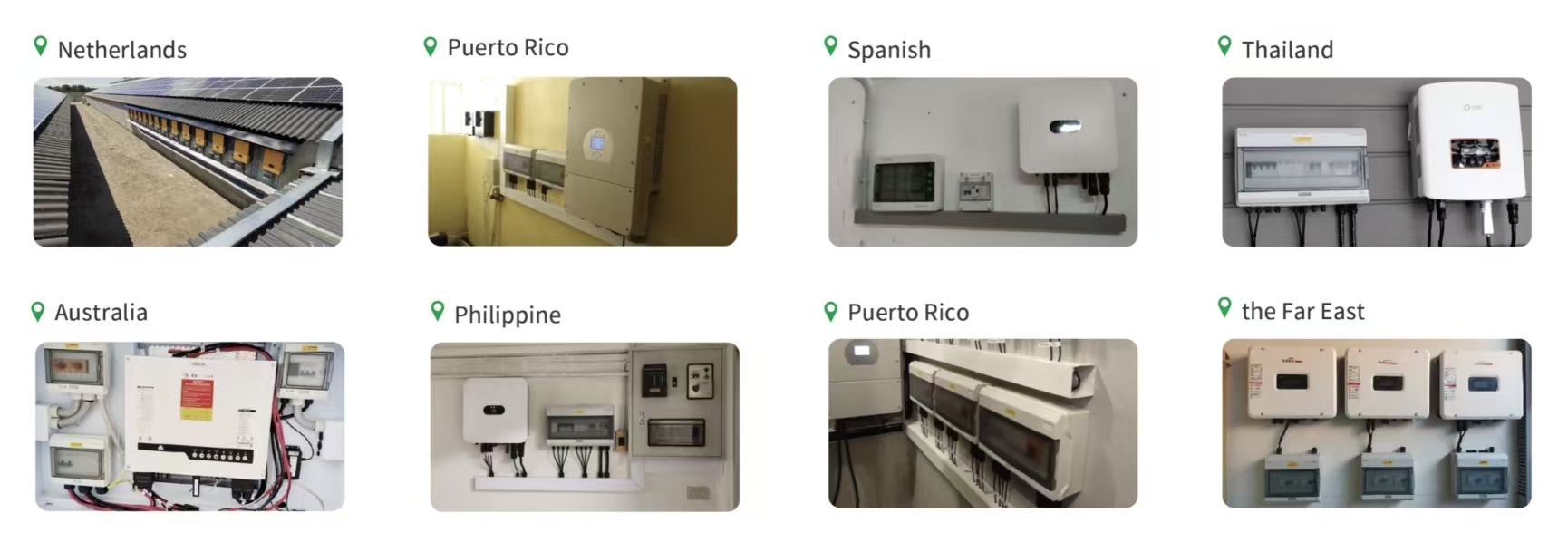
Why Are Combiner Boxes Important?
PV Safety: By isolating faults and managing surges, combiner boxes reduce fire risks and equipment damage.
Simplified Maintenance: Technicians can troubleshoot individual strings without shutting down the entire system.
High Efficiency: Properly combined currents minimize power losses and ensure optimal energy delivery to the inverter.
High Scalability: Combiner boxes allow easy expansion of solar arrays by adding new strings.
Choosing the Right PV Combiner Box: Customization for Optimal Performance
Selecting a PV combiner box is not a one-size-fits-all process. System size, environmental conditions, safety requirements, and future scalability all influence the choice. Modern manufacturers increasingly offer customizable combiner boxes, allowing users to tailor components and features to their specific project needs.
Modern combiner box manufacturers such as PROJOY prioritize flexibility, enabling clients to configure the component selection, scalable design, compliance and certification, etc. By prioritizing tailored solutions, developers ensure their systems perform optimally today while remaining ready for tomorrow’s challenges.
Conclusion
Though small in size, the PV combiner box plays a monumental role in solar energy systems. It ensures safety, maximizes efficiency, and paves the way for smarter energy management. As solar technology evolves, combiner boxes will continue to be indispensable in harnessing the sun’s power reliably.
More News
Aug 05,2025
Product Selection Guide: PROJOY PEBS Series Miniature Circuit Breaker
Mar 13,2025
PV Combiner Box: A Vital Component in Solar Power Systems

